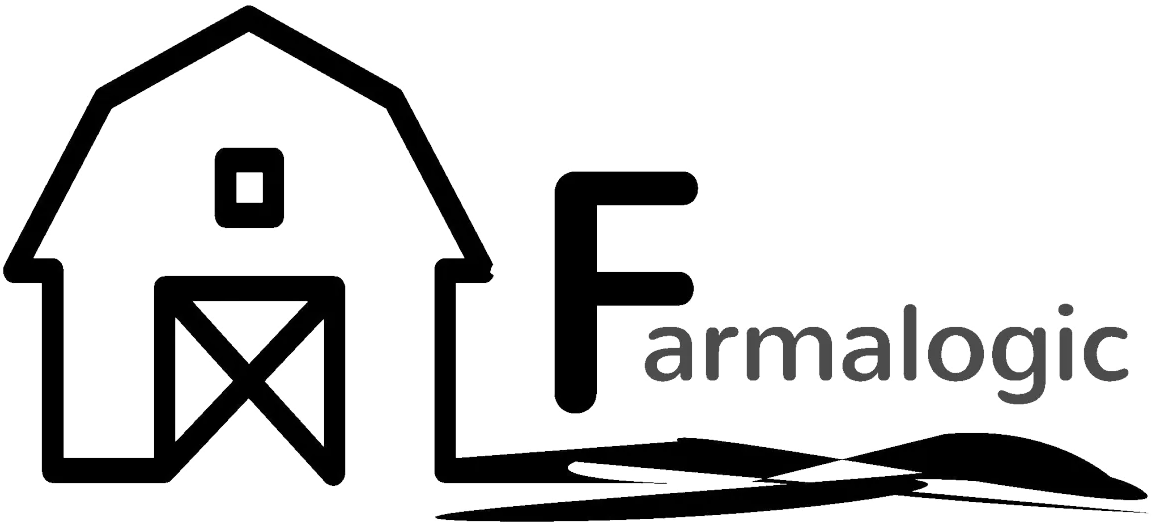Although you can look up horse nutrition books and find out how many calories per day your horse needs, feeding exactly the energy intake required with the amount of energy used is quite a balancing act!
Individual horses have different rates of metabolism (some do well on less feed, others are ‘poor keepers’ who need more feed). There are likely to be seasonal variations in the amount of energy your horse uses, due to differing workloads and the energy required to stay warm in cold weather.
The energy content of grass and hay is very variable (think about the energy content of spring grass versus winter grass) and can change from week to week. The energy content of grains and hard feed is also variable, depending on the age and quality of grain used.
Therefore it is imperative that you ASSESS AND RESPOND TO BODY CONDITION CHANGES – adjust the energy intake of the diet as soon as you notice unwanted changes in your horse. In other words, if your horse is gaining unwanted weight, cut down or remove the grain/pellets/oil from the diet as a first step. If you need to reduce weight further, limit hay intake to 1.5% of bodyweight and buy mature grass hay with a low sugar and starch content.
Likewise, if your horse loses weight, even with free choice grass or hay available, you will need to increase the energy component of the diet (pellets, grain, superfibres or oils). Click here for tips to help your horse gain weight.
Small adjustments made frequently are best – don’t wait until your horse has lost a lot of weight or is jumping out of his or her skin or is obese. Read here for more detail on how to work out how much your horse needs to eat.




